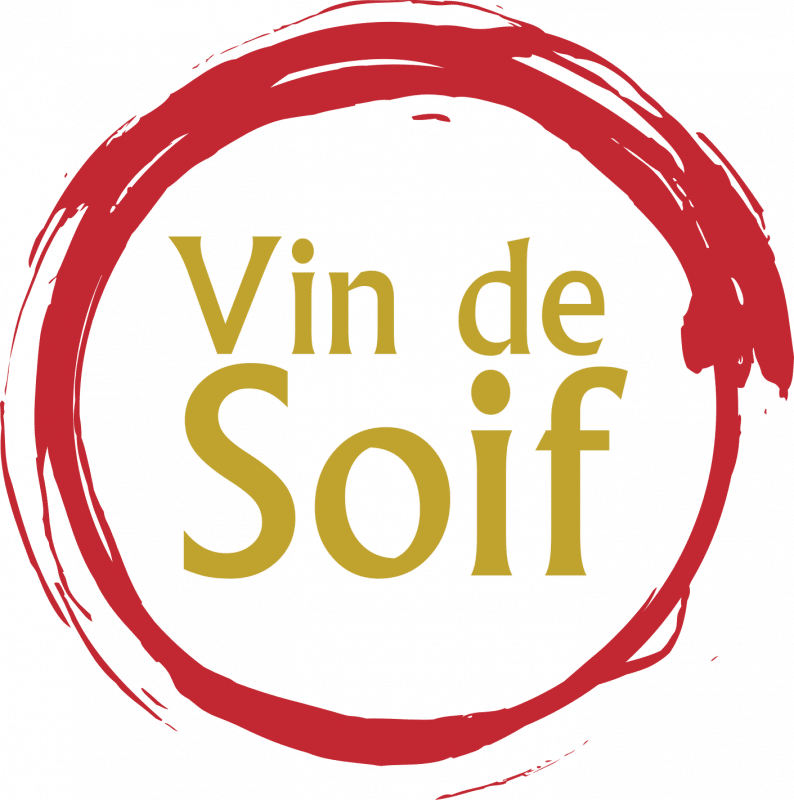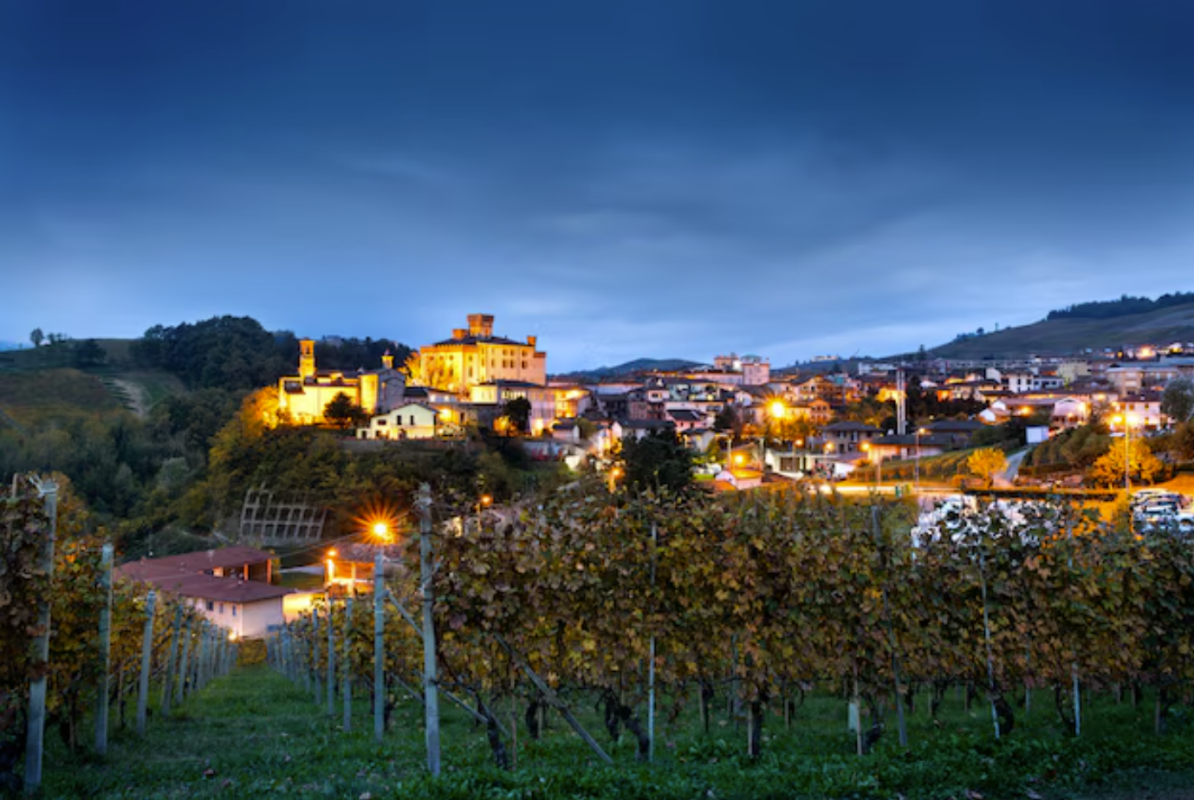Regional Profile
Barolo Uncorked: Is this Italy’s Greatest Red?
Barolo, the majestic red wine from Italy’s Piedmont region, is often called the “King of Wines,” and for good reason. Known for its power, complexity, and ability to age gracefully over decades, Barolo is a wine that commands attention. But it’s not just a regal sip—behind every bottle is a rich history and diverse styles that make Barolo one of the most fascinating wines in the world.
So, grab a glass of something Italian (preferably Barolo), and let’s take a stroll through its storied past and explore the different expressions of this world-renowned wine.
A Little History: From Noble Roots to Global Fame
Barolo’s history, like any good Italian saga, begins with nobility, political intrigue, and a bit of controversy. Though wine has been made in Piedmont for centuries, it wasn’t until the 19th century that Barolo began to take on the shape we know today.
Legend has it that Giulia Colbert Falletti, the Marchioness of Barolo, was the driving force behind transforming the rustic, sweet wines of the region into the more sophisticated, dry Barolo we enjoy today. In the 1830s, she teamed up with winemaker Paolo Francesco Staglieno to refine the winemaking process, and some say she even brought in Louis Oudart, a French oenologist, to improve the techniques. (Yes, the French had a hand in making Italy’s greatest wine. The irony isn’t lost on us.)
Before long, Barolo was making its way into the glasses of European royalty. King Carlo Alberto of Savoy was such a fan that he bought several vineyards in the region. Barolo became the preferred wine of the Italian aristocracy, earning its nickname, “the wine of kings.”
The Nebbiolo Grape: Barolo’s Diva
Barolo is made from 100% Nebbiolo, a grape that’s as demanding as it is rewarding. Nebbiolo is notoriously fickle—it buds early, ripens late, and is highly sensitive to weather. It needs the perfect combination of altitude, soil, and climate to thrive, which is why it’s so closely associated with Piedmont’s hilly Langhe region.
Nebbiolo gets its name from the Italian word nebbia, meaning fog, because the vineyards are often shrouded in mist during the harvest season. Like a true diva, Nebbiolo demands specific conditions but, when given the royal treatment, produces wines of unparalleled depth and elegance.
It is a paradox in the world of wine grapes: thin-skinned yet intensely tannic, light in color but profoundly structured. Despite its pale ruby hue, this grape delivers wines with robust tannins and bright acidity, creating a firm backbone that allows them to age gracefully for decades. Aromatically, Nebbiolo is famously complex, offering notes of dried roses, violets, cherries, and earthy hints of tar and truffle. Its thin skin also makes it highly sensitive to terroir, expressing subtle differences in soil, climate, and vineyard aspect, which is why Barolo from different villages can taste remarkably distinct.
Traditional vs. Modern Barolo: A Tale of Two Styles
Now, let’s get into the juicy stuff—how Barolo developed two distinct styles. In the 1980s and ’90s, a great debate rocked the world of Barolo, creating a divide between traditionalists and modernists. And like all great debates, both sides have strong opinions, but neither is completely wrong. Here’s the breakdown:
Traditional Barolo: The Purists’ Choice
Traditional Barolo is all about patience. Historically, Barolo was aged in large, neutral Slavonian oak barrels (called botti) for years—sometimes up to a decade or more. This long aging process softened the wine’s tannins and allowed the complex flavors to develop slowly. However, it also resulted in wines that were sometimes almost too austere in their youth—think of it like a wise old professor who’s brilliant but a little hard to approach at first.
Traditional Barolos are known for their earthy, floral, and tar-like aromas, with flavors of dried cherries, rose petals, licorice, and truffles. These wines are built for long aging, and it’s not uncommon to cellar them for decades before they’re ready to truly shine.
Modern Barolo: The Game Changer
In the 1980s, a group of rebellious winemakers (known as the Barolo Boys) decided to shake things up. They wanted to make Barolo more approachable in its youth, so they introduced modern techniques, such as shorter maceration periods, cultured yeasts, rotofermenters and aging the wine in smaller, French oak barrels (barriques). The result was a softer, more fruit-forward style of Barolo that could be enjoyed earlier without sacrificing complexity.
Modern Barolos are often more vibrant, with riper fruit flavors, smoother tannins, and a touch of spice from the French oak. They’re easier to drink when young, making them a hit with new generations of wine lovers.
The Best of Both Worlds: A Balanced Approach
While the traditional vs. modern debate once drew battle lines, most winemakers today have found a middle ground. Many producers blend elements from both schools of thought, using shorter aging periods in larger barrels or a mix of Slavonian and French oak to create wines that balance power and elegance, tradition and innovation.
So, whether you prefer your Barolo old-school or with a modern twist, there’s likely a style that suits your palate.
The Barolo Crus: Terroir Matters
Another thing that makes Barolo so captivating is its diversity of terroir. The Barolo region is divided into several communes, each with its own unique microclimate and soil composition. The differences may seem subtle, but for the true wine nerds out there (you know who you are), these distinctions are everything.
Here are a few of the top Barolo communes:
- La Morra: Wines from La Morra tend to be softer and more perfumed, with floral and red fruit notes. They’re often described as the most approachable and elegant of the Barolos. Look for crus from Brunate, Cerequio, and Rocche dell’Annunziata.
- Barolo (the village): Wines from the village of Barolo itself are often balanced, combining the power of the region with a certain finesse. Look for red fruit, spice, and herbal notes. Look for crus from Cannubi, Brunate (again) and Sarmassa.
- Serralunga d’Alba: Known for producing some of the most powerful and long-lived Barolos, Serralunga wines are dark, structured, and tannic, with a mineral backbone. These are built to age. Try crus from Vigna Rionda, La Serra and Falletto.
- Monforte d’Alba: Similar to Serralunga, Monforte’s wines are robust and intense, with dark fruit and earthy flavors. They also benefit from extended aging. Most well known crus include Bussia and Ginestra.
- Castiglione Falletto: Wines from here often strike a middle ground between power and elegance, with complex aromas and well-balanced structure. The famous cru here is Monprivato, but also look for Bricco Rocche and Rivera.
Think of these communes as neighborhoods with their own personalities. Once you start exploring Barolo, you’ll probably find yourself gravitating toward one (or more) of these areas based on your taste preferences.
Barolo: The Aging Potential
One of the most exciting things about Barolo is its phenomenal aging potential. Young Barolo can be fiercely tannic and tight, but over time, the wine softens, and its layers of complexity begin to reveal themselves. A well-aged Barolo will develop flavors of dried fruit, leather, tobacco, and forest floor, while maintaining its signature floral and tar-like aromas.
In fact, many Barolo enthusiasts recommend waiting at least 10 years before opening a bottle, though some top bottles can easily age for 20, 30, or even 50 years. It’s the wine that rewards your patience—and trust us, it’s worth the wait.
The Verdict: Why Barolo Is Worth the Hype
Barolo is a wine of contrasts: it’s elegant yet powerful, traditional yet innovative, and capable of both immediate appeal and long-term complexity. Whether you’re sipping a modern expression or a classic, aged beauty, Barolo has the ability to captivate with every sip.
So, the next time you’re looking for something special to add to your collection—or just to enjoy with dinner—consider reaching for a bottle of Barolo. After all, as the saying goes, “Barolo is the king of wines, and the wine of kings.” And who doesn’t want to drink like royalty? Why not consider trying the Silvano Bolmida Bussia Barolo, which combines traditional techniques like long 75 day macerations on skin to extract maximum flavours and aromas, yet more modern aging in French oak (though not new) to soften tannins and make it more approachable in its youth.
Cheers to exploring the world of Barolo, one glorious glass at a time!

